Prison gerrymandering
Research on prison-based gerrymandering (see also www.prisonersofthecensus.org)
On this page, the Prison Policy Initiative has curated all of the research about prison gerrymandering that we know of. The Prison Policy Initiative is the leading organization on the issue of prison gerrymandering, and our Prisoners of the Census website offers a guide to all the research we've done on this topic. For research on other criminal justice topics, see our Research Library homepage.
- Correctional Facility and Inmate Locations: Urban and Rural Status Patterns Center for Administrative Records Research and Applications, July, 2017
-

-
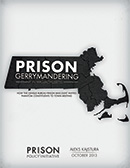
-
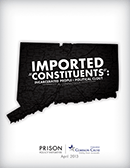
-
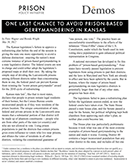
-
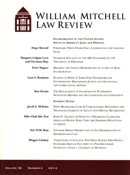
- Primer for reporters on county or municipal redistricting & prison-based gerrymandering Prison Policy Initiative, March, 2011
-
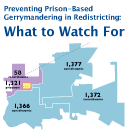
- Prevenir la manipulación de los límites de los distritos electorales sobre la base de la población reclusa: qué es lo que hay que evitar Prison Policy Initiative, February, 2011
- Captive Constituents Prison-Based Gerrymandering and the Distortion of Our Democracy NAACP, July, 2010
-

-
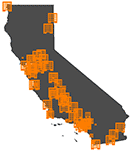
-

- Importing Constituents Prisoners and Political Clout in Connecticut Prison Policy Initiative, March, 2010
-

- Phantom Constituents in Tennessee's Boards of County Commissioners Prison Policy Initiative; Peter Wagner and JooHye DellaRocco, February, 2008
- Report to U.S. Committee for the Elimination of Racial Discrimination that U.S. Census practices dilute votes of minority populations Demos and Prison Policy Initiative, December, 2007
-
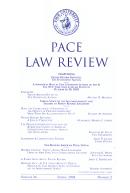
- Prisoners Gerrymandering Project Miscounting prisoners undercounts democracy Prison Policy Initiative, March, 2004
- Accuracy Counts Incarcerated People & the Census Brennan Center for Justice, January, 2004
Pages Updated On: 22-Apr-2025 - 16:08:20
Links Engine 2.0 By: Gossamer Threads Inc.
Events
- April 30, 2025:
On Wednesday, April 30th, at noon Eastern, Communications Strategist Wanda Bertram will take part in a panel discussion with The Center for Just Journalism on the 100th day of the second Trump administration. They’ll discuss the impacts the administration has had on criminal legal policy and issues that have flown under the radar. Register here.
Not near you?
Invite us to your city, college or organization.



